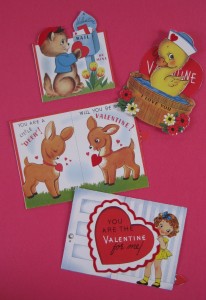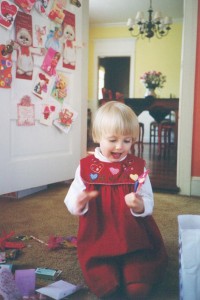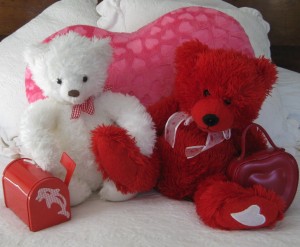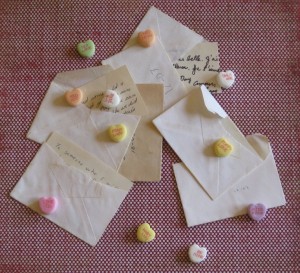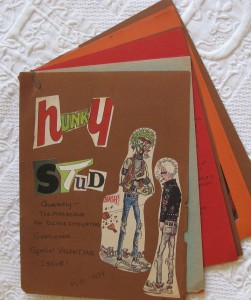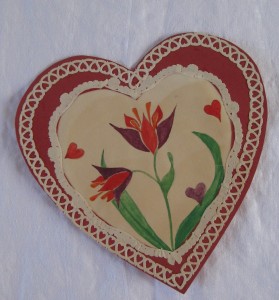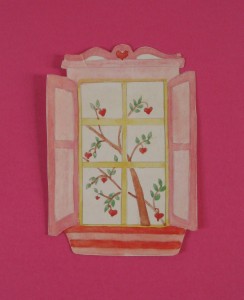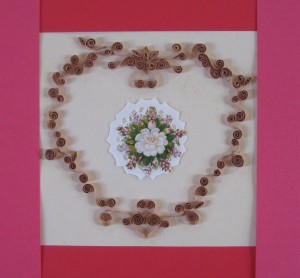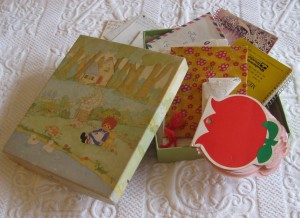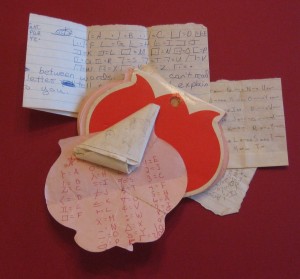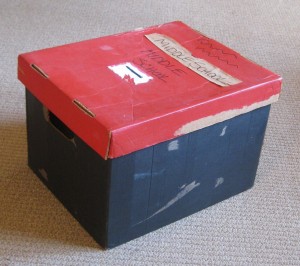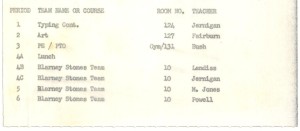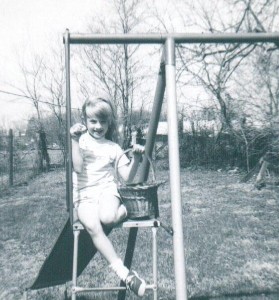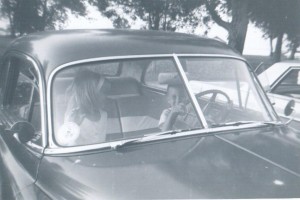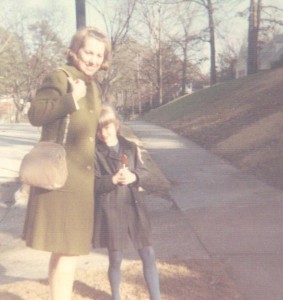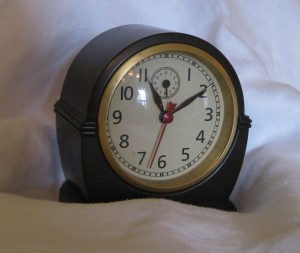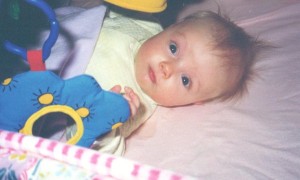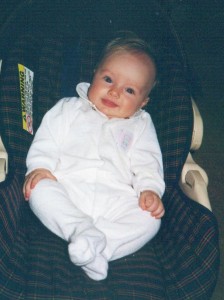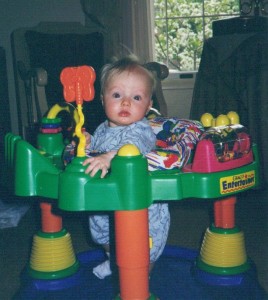My favorite memories of Valentine’s Day as an adult have nothing to do with romance. This is not a complaint about my husband. I have known great romance, much of it with him. Even when he could barely afford it, he did Valentine’s Day right. When we were first dating, I felt like the luckiest girl in the world because he had chosen me. But we were busy grad students, and it was also a stressful time. He was anxious about classes, research in the lab, and the daunting prospect of, say, the final in physics of gases. I was teaching and trying to make some preliminary headway on my dissertation. February was an especially angst-ridden month. In the early stages of our relationship, when Valentine’s Day could have been best enjoyed, we simply had too much on our minds.
Therefore, my happiest grown-up Valentine experiences occurred when my daughter was in preschool. I would arrive at church to pick her up. Unless there was snow, the kids would be out on the playground. D and her friends would probably be climbing on the little blue playhouse, or see-sawing vigorously on the green plastic alligator. She was adorable in her red fleece Scandinavian-style jacket and matching hat (both made by Mama), and her multi-colored Elephanten suede shoes. When she saw me standing at the fence, she’d smile delightedly, as though I were the most marvelous surprise. She’d yell out Mama! in her sweet, unmistakable voice. She was excited to see me, to tell me about her day, to show me her Valentines and the special holiday craft she had made.
Once home, we would open her cards and spread them out on the playroom floor. Some were accompanied by candy, cookies, or tiny toys. We’d examine each Valentine, noting who sent each one. Did the child write his or her own name, or did a parent do it? This was a question of great interest to a preschooler. The cards were small and cute, bearing images of such childhood icons as Cassie from Dragon Tales, Scooby-Doo, Clifford, Barbie and Winnie-the-Pooh. There were always a few charming homemade cards.
After we had gone through all the cards, I would give D her Valentine gifts from H and me. These usually included a stuffed animal, maybe a fuzzy white bear with red accents, holding a heart-shaped balloon. No such gift was ever less than perfect. My daughter was always elated, always satisfied. She would giggle and hug her bear tight. She’d sleep with it that night. It was so easy. What could be better? These were enchanted, fool-proof Valentine’s Days.
The preschool years may be the optimum time to enjoy the holiday fully. Preschoolers are enthusiastic about the cards, the candy, the gifts, the festive snacks. Nothing is complicated, but this will change before long. The early elementary school years bring difficulties that tarnish the day: competition, rivalries, mismatched puppy-love crushes, disappointment.
If you’re like me, and didn’t go to preschool, maybe you had, or will have, the good fortune to savor the simple pleasures of the day through the eager eyes of a child.
And now that Valentine’s Day 2012 is history, I propose a toast to a cheerfully comfortable second half of February!
Pure Valentine pleasure!
Some of the Valentine gifts that met with my daughter’s complete approval.

